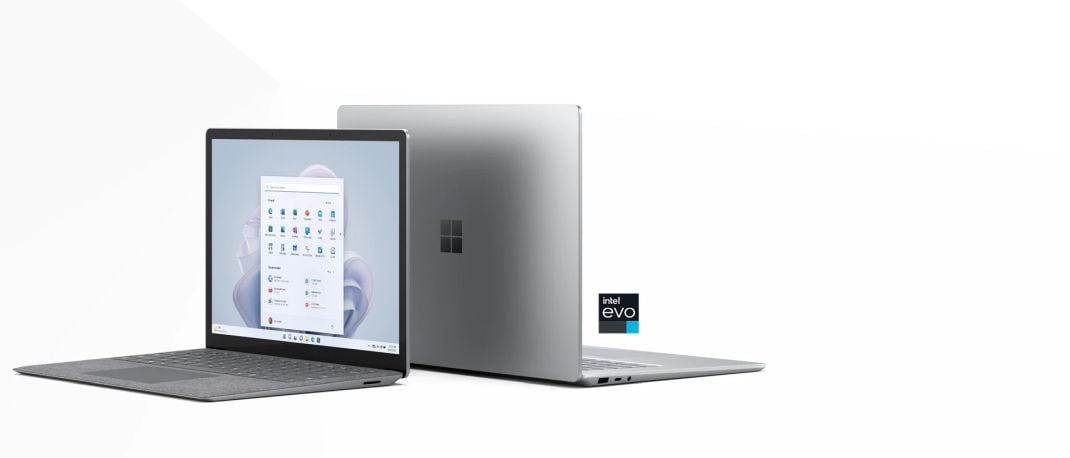4G took the world by storm, and it did great things for India. Jio introduced 4G to the masses, and it’s what connects India to the world. 4G might have started the revolution, bringing affordable connectivity to everyone, but it’s 5G that takes us into the future. Mobile phones were the medium to carry 4G connectivity, but it is 5G that takes things to a whole new level, a wider audience and range of applications. If you are interested in knowing quickly what 5G means, how it works and when you can expect to see it running on your mobile phone, or at home, we are here to tell you just that.
What is 5G?
5G is a mobile technology, much those preceding it, like 4G, 3G, 2G and so on. Much like the others, 5G isn’t developed and conceptualized by a single brand, but a range of collaborations of standards organizations spanning the world. After all, for 5G to be mainstream, accepted and deployed, it ought to work anywhere, everywhere, and across all kinds of products. The group of standards organizations responsible for 5G is called 3GPP (3rd Generation Partnership Project). 5G has been finalized and infrastructure for 5G networks have now begun being deployed around the world.

The first and foremost advantage of 5G is the superior speeds. 4G helps download at very high speeds, but 5G should take it several notches higher. 5G is said to have theoretical speeds of anywhere between 10 Gbps (gigabits per second) speeds, going all the way to 20 Gbps. This makes 5G at least 10 times faster than the fastest 4G networks you might have experienced.

Another component of 5G technology is something called mmWave (Millimetre Wave). It’s not the mainstream feature you hear everywhere, but devices running mmWave operate at higher frequencies than general 5G networks. This feature is rumoured to be launched on some upcoming mobiles. mmWave operates on frequencies that are higher than 24 GHz up to a 100 GHz. This also means, that the range of mmWave is very limited compared to general 5G but speeds can be obscenely high when you’re within a few hundred feet, with no obstructions.
The other benefits of 5G is its ability to support much larger concentration of mobile phones in a small area. Some estimates are that 4G could serve up to 4,000 devices in an area of around a square kilometre, but 5G networks should be able to handle ten times higher concentrations. This is useful to maintain smooth, high speeds even in very dense usage area. It should also be particularly useful in crowded spaces like stadium, airports, stations, etc. Higher traffic loads should then not affect you nearly as much, owing to the added headroom.

5G works much in the same as 4G in its functioning but because it works on a much wider range of frequencies, it’s less prone to congestion from traditional networks. Another one of the areas of improvement is the latency of 5G. Whereas 4G had much better latency, it wasn’t still ready for time-critical applications such as flying drones. With 5G capability, one can expect near-real time performance. This benefit should also show up in other applications, like video calling, multiplayer games that you might play on the internet, using your mobile phone or tablet. The much lower latency is another reason, you might be able to directly connect your PC or laptop to the online game.
Is 5G only for mobile phones?
5G can also be used in applications beyond mobile phones. IoT (Internet of Things) which is a wide network of sensors and monitoring devices, running on low-power infrastructure can find this most useful. One can imagine the use of 5G in remotely monitored security cameras, electricity metres, water metres, traffic signals, lights, unmanned irrigation projects, medical applications, and practically everything under the sun. While not related to smartphones, all these applications could be powered using the same 5G infrastructure you might use to play, say a movie off Netflix on your mobile phone.
When is 5G coming?

The great news is that you don’t need to wait for 5G to arrive before buying a new mobile phone. If you have been waiting a while, you can choose from a wide range of phones spanning price ranges. The chipsets in the mobile phones we use, are usually a combination of several components. They have a set number of features that come standard, unless the manufacturer chooses to tweak them. It is why most mobile phones come with similar specifications. One of the features of these chipsets is the mobile connectivity component. Most phones over the past few years came with 4G support. Today, 4G can be seen on phones even priced at Rs. 5,000 and lower. Similarly, 5G chipsets have already been launched and phones based on them are now showing up all around the market. Reliance Digital is a great place to find these 5G mobile phones. In fact, there are close to 200 5G mobile phones available right here at reliancedigital.in. Most of the mobile phones sport popular chipsets such as the MediaTek Dimensity 700, Dimensity 810, Qualcomm’s Snapdragon 780G, Snapdragon 865, Snapdragon 888, Snapdragon 695, among many others.
So, that’s a gist of 5G, and how useful it can be, not just for mobile phones. Like we mentioned earlier, if you’re looking for a new smartphone, now is a good time to choose a 5G mobile here at reliancedigital.in or at your nearest Reliance Digital store, where you can check out the product for yourself. If you order online, and if you have a store nearby, you can opt in for a 3-hour delivery as well, so don’t forget to check out our catalogue.



